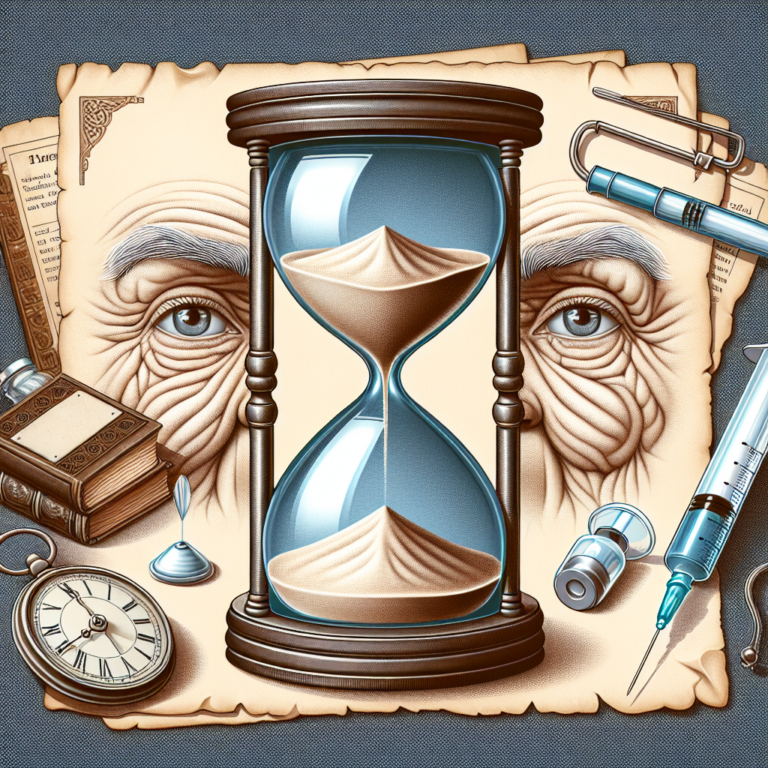In the realm of cosmetic enhancements, few treatments have garnered as much attention—and debate—as Botox. What began as a solution for the fleeting signs of aging has transformed into a multifaceted substance with applications ranging from medical treatment to enhancing quality of life. The journey of Botox, from its discovery to its current status as a household name, is as intriguing as the science behind it.
The Origins of Botox
The story of Botox begins with Clostridium botulinum, a bacterium discovered in the late 19th century by a German physician named Emile van Ermengem. This bacterium produces the botulinum toxin, which is infamous for causing food poisoning in cases of improperly canned food. Interestingly, this toxin is one of the most potent substances known to mankind; just a minute dose can be lethal. However, as with many scientific discoveries, its potential for good was bound to be unearthed.
In the 1950s, researchers began exploring the therapeutic properties of botulinum toxin. Dr. Edward J. Schantz isolated the toxin, and through the decades, its muscle-paralyzing properties were studied for various medical conditions. Eventually, in the 1980s, ophthalmologist Dr. Alan Scott conducted successful experiments using diluted forms of the toxin to treat strabismus (crossed eyes), leading to the first clinical approval of botulinum toxin Type A (commonly known as Botox) by the U.S. Food and Drug Administration (FDA) in 1989 for medical purposes.
A New Era in Aesthetics
The breakthrough moment for Botox arrived in the early 1990s when dermatologists and aesthetic surgeons began observing that patients who were treated for medical conditions like blepharospasm (eyelid spasms) or cervical dystonia (neck muscle spasms) experienced significant improvement in their wrinkles. Dr. Jean Carruthers and her husband, Dr. Alastair Carruthers, are credited with pioneering the use of Botox in cosmetic procedures when they administered it for frown lines between the eyebrows in 1992. Their findings set the stage for what would become an aesthetic revolution.
In 2002, the FDA officially approved Botox for cosmetic use, and its popularity skyrocketed. From Hollywood actresses to regular individuals, Botox became synonymous with youthful, wrinkle-free skin. The procedure promised minimal downtime and dramatic results, appealing to a wide demographic eager to maintain a youthful appearance.
The Science Behind Botox
Botox works by temporarily paralyzing targeted muscles. When injected into specific muscles, the toxin blocks the release of the neurotransmitter acetylcholine, preventing muscle contraction and in turn reducing the appearance of dynamic wrinkles—those that form with facial expressions, such as frown lines and crow’s feet.
While the cosmetic use of Botox dominates public perception, its therapeutic applications are vast. Botox is used to treat chronic migraines, excessive sweating (hyperhidrosis), overactive bladders, and even conditions like depression. The versatility of Botox showcases its importance in modern medicine, going beyond mere aesthetics.
The Cultural Impact
Botox has not only changed the landscape of cosmetic surgery but has also influenced societal standards of beauty. The treatment has been both lauded and criticized for promoting the idea that youth and beauty are paramount. Cultural commentary around Botox and cosmetic procedures questions the authenticity of beauty and the pressure to conform to certain ideals, raising discussions about self-esteem and body image in today’s society.
Moreover, the rise of social media has played a crucial role in popularizing Botox, with influencers and celebrities showcasing their beauty journeys and encouraging discussions around cosmetic enhancement. Reality television and lifestyle blogs frequently depict these treatments as a normalized aspect of self-care, further shifting perceptions.
The Future of Botox
As we progress into the future, Botox remains at the forefront of both aesthetic treatments and medical solutions. Research continues into new uses and formulations, including longer-lasting effects and alternative delivery methods. Moreover, as the industry evolves, discussions surrounding ethics, accessibility, and the long-term impacts of cosmetic procedures will undoubtedly shape how Botox and similar treatments are perceived.
In conclusion, Botox has come a long way from its accidental discovery as a deadly toxin. It has transformed into a versatile tool with the power to alter appearances and alleviate medical conditions. Its journey from medical necessity to beauty staple encapsulates our evolving relationship with aesthetics, health, and well-being. Whether viewed as a miracle of modern science or a symbol of societal pressure, Botox’s fascinating history is a testament to human innovation and our desire for improvement—both in ourselves and in how we engage with the world.


